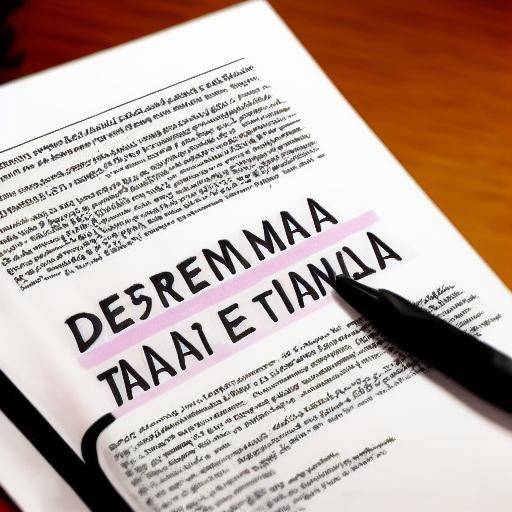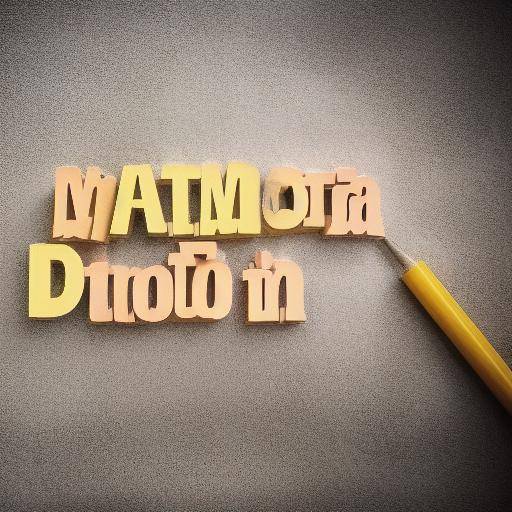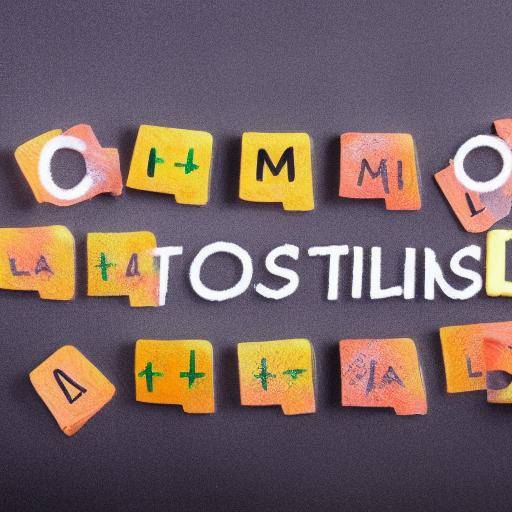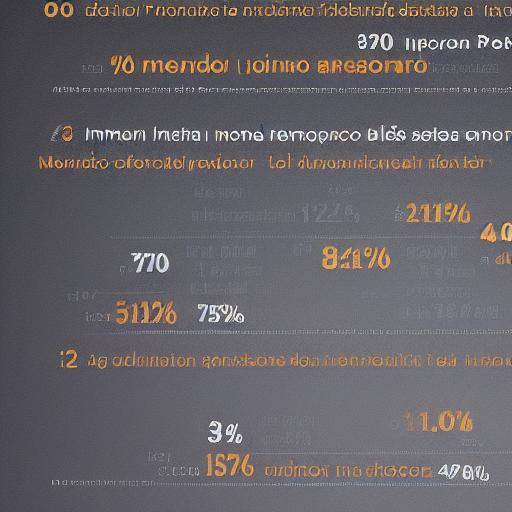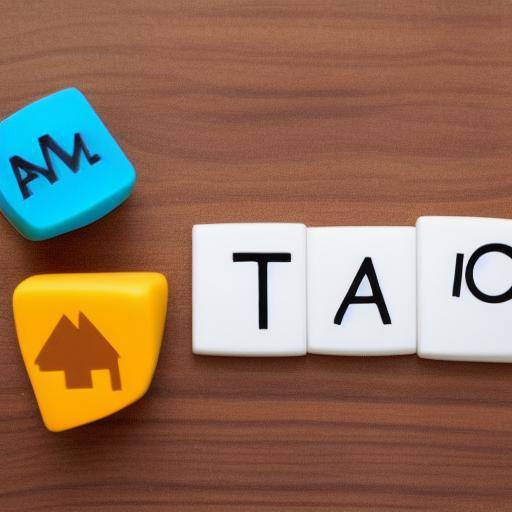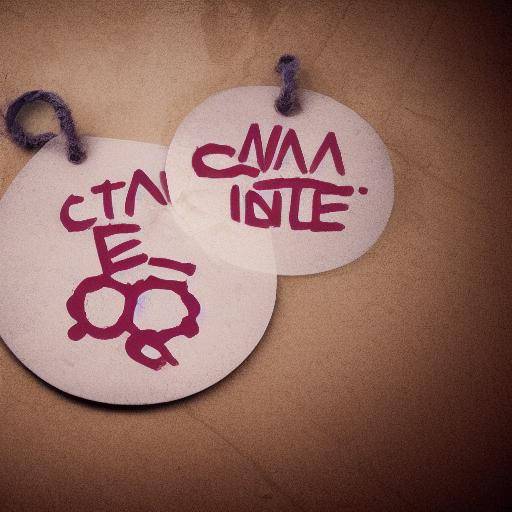
In the chaotic and dizzying world in which we live, effective decision-making is essential for personal and professional success. One of the most powerful tools to improve this process is the checklist, a technique that can provide clarity, reduce stress and minimize errors. In this article, we will thoroughly explore this method, its application in decision-making and its importance in the organization both individually and corporately.
Introduction
Decision-making is a crucial skill in all spheres of life. From simple decisions, such as eating at breakfast, to complex decisions that can significantly affect our future, the way we make decisions can determine the course of our lives. The checklist is a tool that has proven to be invaluable in this process by providing a clear structure and ensuring that important elements are not overlooked.
History and Background
The checklist, often known as "checklist" in English, has its origins in military aviation during World War II. It was used to standardize and streamline procedures for taking off and landing, thus reducing human errors at critical times. Subsequently, its use was extended to other industries, such as medicine and engineering, where it proved to be vital to ensure safety and precision in complex environments.
The use of checklists has continuously evolved, and its application now extends to virtually all professional fields. From project management to wedding planning, checklists are a commonly used tool to ensure that all important tasks are completed efficiently and without mistakes.
Analysis in Deep
The checklists offer many benefits. In addition to providing a clear guide to completing tasks, they also help to maintain the focus, minimize the possibility of forgetting important steps and reducing stress by having an overview of the actions needed. However, its effectiveness depends largely on the quality of the list and its proper application.
Despite its benefits, the use of checklists also poses challenges. If not carefully designed, checklists may become overwhelming or ineffective. In addition, there is a risk of relying too much on them, which could limit flexibility and creativity in decision-making.
Exhaustive examination
The application of checklists in decision-making can be invaluable. By creating a detailed list of the factors to be considered, cognitive bias can be minimized and ensure that all relevant aspects are contemplated before making a decision. In addition, the use of checklists can be particularly beneficial in business environments, where strategic decisions often have long-term implications.
Checklists serve as an effective organizational tool. By disaggregating a decision in essential steps or components, the decision-making process is facilitated, as each component can be addressed individually and methodically.
Comparative analysis
The relationship between the use of checklists, decision-making and organization is undeniable. While the checklists provide a decision-making structure, their effective implementation requires a complete understanding of the overall picture and a strong organizational capacity. The three skills complement each other to optimize the decision-making process, especially in complex or high-risk situations.
Practical Tips and Accessible Tips
By using checklists for decision-making, it is crucial to design clear and concise lists that cover all relevant aspects. In addition, it is recommended that periodic revisions of the lists be made to ensure that they reflect changes in the environment or in the decision-making requirements. It is also important to remember that checklists are a tool, not a substitute for critical thinking. They should be used with prudence and flexibility, adapting them to the specific circumstances of each situation.
Some practical tips for implementing checklists in decision-making include:
- Clearly identify the objective of the decision.
- Disaggregate the decision in key steps or components.
- Prioritize the elements of the list according to their importance.
- Review and update the list as necessary.
- Perform pilot testing of lists in less critical situations.
Ideas and Views of Sector Experts
Management, leadership and decision-making experts support the usefulness of checklists as an effective tool for improving the quality and consistency of decisions. They suggest that checklists can help reduce human errors, increase efficiency and provide a sound framework for decision-making, especially in complex environments.
According to some experts, the key to making the most of the checklists in decision-making lies in its careful design and its application in conjunction with strategic and analytical thinking. By using smart checklists, effectiveness and consistency in decision-making can be improved, which in turn can lead to better long-term results.
Case Studies and Real Life Applications
Numerous case studies demonstrate the positive impact of checklists on decision-making in a variety of situations. From the medical industry, where checklists have proven to reduce mistakes and improve patient safety, to project management, where checklists are essential to ensuring quality and coherence in the execution of tasks.
In addition, examples of everyday life, such as event planning or time management, illustrate how checklists can facilitate decision-making by providing a clear structure and ensuring that no important aspect is forgotten. These real cases highlight the versatility and effectiveness of checklists as an indispensable tool for making informed and effective decisions.
Future Trends and Predictions
As technology continues to transform the way we make decisions, checklists will also evolve to adapt to changing demands. The use of specialized applications and software to create, manage and share checklists is expected to increase, providing new opportunities for collaboration and integration with other decision-making processes.
In addition, checklists are likely to be more closely integrated into artificial intelligence and automation, which could improve precision and efficiency in decision-making in highly complex or high-pressure environments. As data analysis and business intelligence continue to play a crucial role in decision-making, checklists will be adjusted to better integrate relevant knowledge and metrics.
Conclusion
In short, the checklist is a powerful tool that can significantly improve the decision-making process, both individually and organizationally. By providing a clear structure, mitigating mistakes and improving the organization, checklists offer many tangible benefits. However, it is crucial to recall that the checklists are only a part of a wider decision-making process and should be applied with prudence and flexibility.
Frequently asked questions
What is a checklist and how is it used in decision-making?
A checklist is a document that lists the steps or elements to follow or consider. In decision-making, it is used to break down a decision into key components, which facilitates consideration of all relevant and priority aspects.
What are the benefits of using checklists in decision-making?
The use of checklists in decision-making can provide clarity, reduce stress, minimize errors, maintain focus and ensure that important aspects are not overlooked.
How should the checklists be designed for decision-making?
The checklists should be clear and concise, break down the decision in relevant steps or elements, and prioritize the elements according to their importance.
To what extent can you rely on checklists in decision-making?
While checklists are useful, it is important not to rely exclusively on them and to maintain flexibility and critical thinking in the decision-making process.
What is the relationship between checklists, decision-making and organization?
The checklists offer a structure for decision-making, requiring a full understanding of the context and a strong organizational capacity for its effective implementation.
What is the future of checklists in decision-making?
Checklists are expected to evolve with technology, integrating more closely into artificial intelligence and automation, as well as data analysis and business intelligence.
Conclusion
The technique of the checklist is a valuable tool that can transform the way people and organizations make decisions. It provides a clear structure, reduces stress, mitigates errors and improves the organization. However, its intelligent application requires a balance between effective use and flexibility in the decision-making process. By properly understanding and applying this technique, the quality and consistency of decisions can be significantly improved, which in turn can lead to more positive and satisfactory results.
Keep learning and applying this powerful tool to make informed and effective decisions!
With this complete guide, you are ready to implement the checklist technique in your decision-making processes. Start enjoying your benefits from today!




















